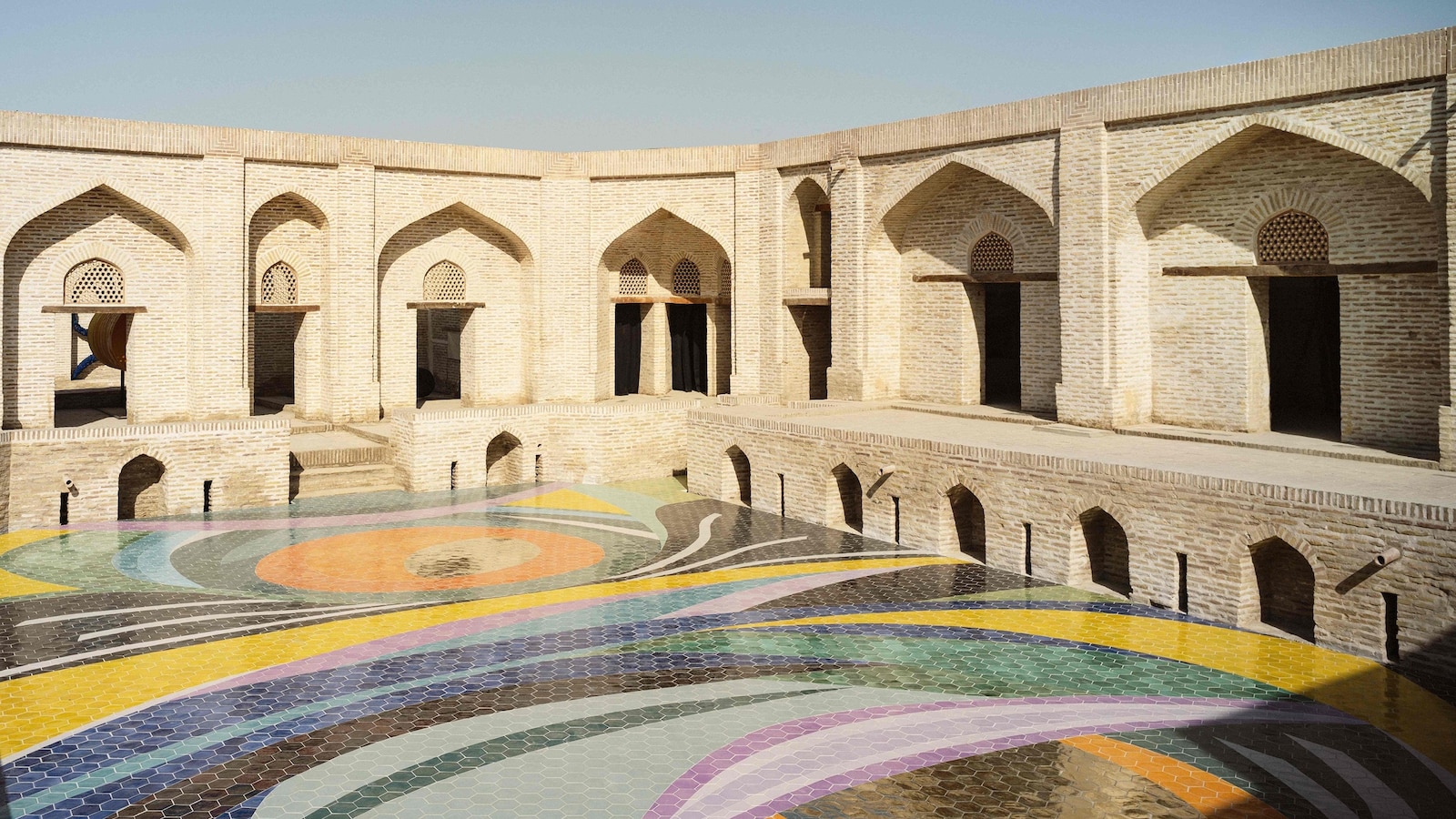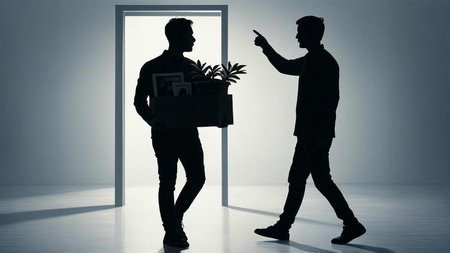
BUKHARA, Uzbekistan — In a sun-lit room in Tashkent, 75-year-old Akbar Rakhimov sits at his workbench.
He leans forward, brush in hand, and draws black lines across a clay bowl. The strokes are steady, thin, almost like threads. Around him are shelves of pots and vases. In the courtyard, plant leaves are framed with carved wooden columns. His 5-year-old great-grandson stands nearby, already in a little apron, already touching the clay.
The Rakhimovs’ house, built in 2006 on land granted by the state, is more than a home. It is a workshop, a garden and a gathering place for four generations. Pottery here is not just a craft — it is a family language, passed down like stories or songs.
Uzbekistan itself is also passing something down. Since the Soviet Union collapsed, the country has doubled its population, the only former republic to do so. About 65% of its people are under 30. Leaders now turn to art and culture to show who Uzbekistan is, to position the country on the global stage.
Craft has always been strong here: pottery, suzani embroidery with its bold floral patterns, ikat weaving with its blurred colors. These are not only crafts — they are described here as arts.
This fall, 350 miles away, in the ancient city of Bukhara, Uzbekistan, staged its first contemporary art Biennale. Artists from around the world were paired with Uzbek artisans to create new works. The festival runs through Nov. 20.
“It is the first time that artists and artisans are treated equally,” said Gayane Umerova, who leads the country’s Art and Culture Development Foundation and launched the project.
Diana Campbell, the American curator directing the event, put it another way: “I’m 41 — and I’m the oldest member of my team.” Most of the work, she explained, comes from young people.
For the Rakhimovs, the moment was emotional. “What the Bukhara Biennale has done is unbelievable,” Akbar said. “All craftsmen are in heaven — finally teaming up with some of the top contemporary artists in the world. It’s such a big moment for Uzbekistan.”
The Biennale’s title, Recipes for Broken Hearts, comes from a legend about Ibn Sina, the father of modern medicine. He is said to have created the rice dish plov to heal a young prince who was lovesick after being banned from marrying a craftsman’s daughter. The story blends food, love, and medicine — much like the exhibition itself.
The Rakhimovs joined this story, too. Alisher, 50, Akbar’s son, and Shokhrukh, 23, his grandson, worked with the Lithuanian artist Pakui Hardware on “Black Bile.” The installation used the family’s black glaze, alongside steel tubes and clay sculptures that played recorded voices. The piece filled both a madrasa and a caravanserai, placing ancient craft next to modern technology.
Bukhara was a deliberate choice, the organizers said. In the time of the Timurids, a period that ended about 500 years ago,descendants of Tamerlane, the city hosted festivals of art, music, poetry and food that could last months. The Biennale’s organizers wanted to echo that past.
And always, the setting mattered. Exhibitions that are now on view until Nov. 20 unfold under honey-colored domes, inside madrasas where students once studied, and in caravanserais where traders once rested. The architecture itself becomes part of the show, framing the art with centuries of history. As the Polish writer Ryszard Kapuściński observed: “The color of Bukhara is brown — the color of sun-baked clay. The color of Samarkand is intensely blue — the color of sky and water. Bukhara is mercantile, noisy, concrete, material… the belly of Asia.” The Biennale, staged in these same spaces, carried forward that mercantile energy — but with art as its new currency.
Some works took the shape of ritual. The Buddhist nun and chef Jeong Kwan buried pots of kimchi in the ground, to be opened only when the Biennale ends. Uzbek artist Feruza Kholkhujaeva filled courtyards with potted plants that will slowly die, a portrait of grief. Indian artist Subodh Gupta built a yurta from enamel pots and plates crafted by master ceramist Baxtiyor Nazirov. On some days, Gupta cooks inside it, showing how food can also be memory, art, and healing.
The land itself became part of the story. Uzbekistan’s valleys and long summers grow apricots, melons and tomatoes so sweet they seem unreal. These fruits now often travel to markets abroad, but at home they remain symbols of belonging.
In Bukhara, one of the most striking collaborations came from ceramic artist Dilnoza Karimova and photographer Behzod Boltaev. Working as a team, they combined clay and camera, turning images into objects that could live in the city itself. Boltaev’s photographs were printed onto ceramic tiles and placed on brick walls so that pictures were not only seen but touched. As she shared plov with foreign guests at the biennale, Karimova reflected: “To eat plov and talk art together — that’s when I knew our past is still our present.”
For Boltaev, the project carried a personal weight. “A broken heart can be healed not only with delicious food, but also with spiritual food,” he said. “After all, the world is actually made of feelings.” The work was also a tribute to his late father, a pioneer of photography in Bukhara.
Their collaboration captured the spirit of the Biennale, where memory and healing mingled with celebration. In the old madrasas, chefs staged feasts that reimagined traditional dishes, turning eating itself into performance. Food, like clay and photography, became another language — shared, joyful, alive.
Those feasts are scheduled to run through the end of the festival.
Unlike many art festivals that arrive from the outside, the Bukhara Biennale seemed to grow from the city itself. And in a country intent on showing the world who it is, the event carried a quiet yet radical idea: that culture and art are strongest when they not only speak, but also listen.



